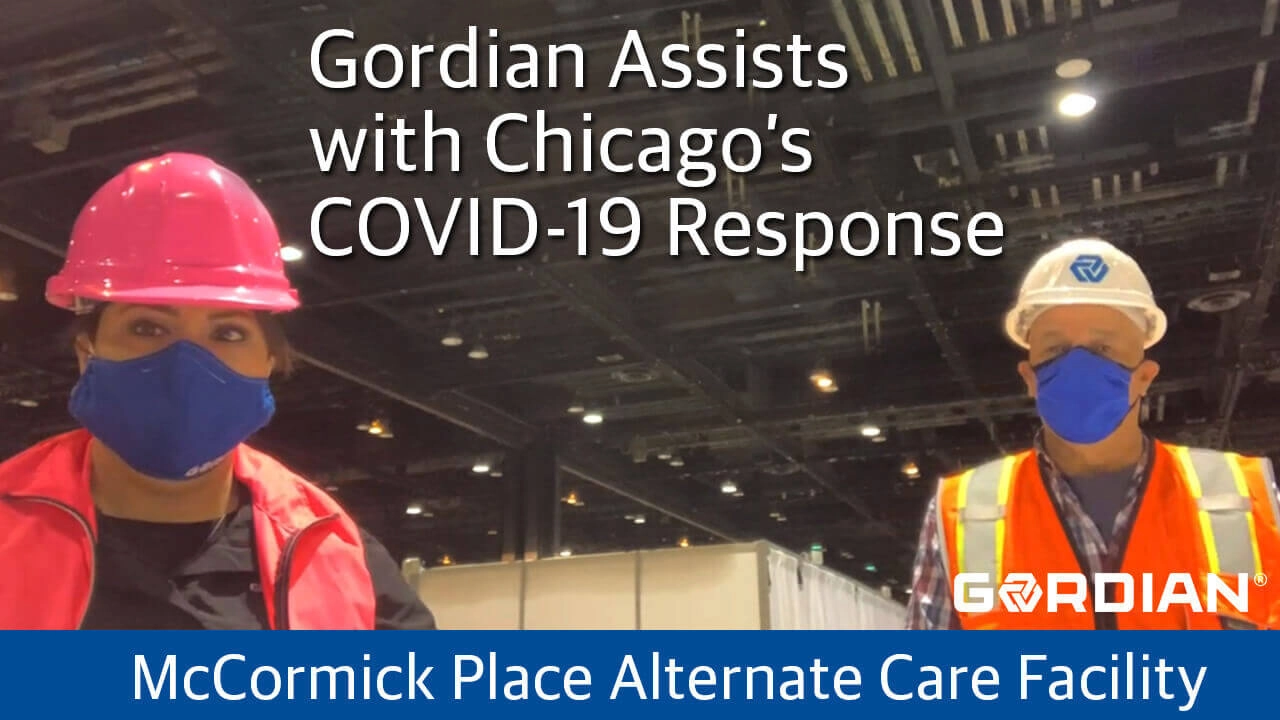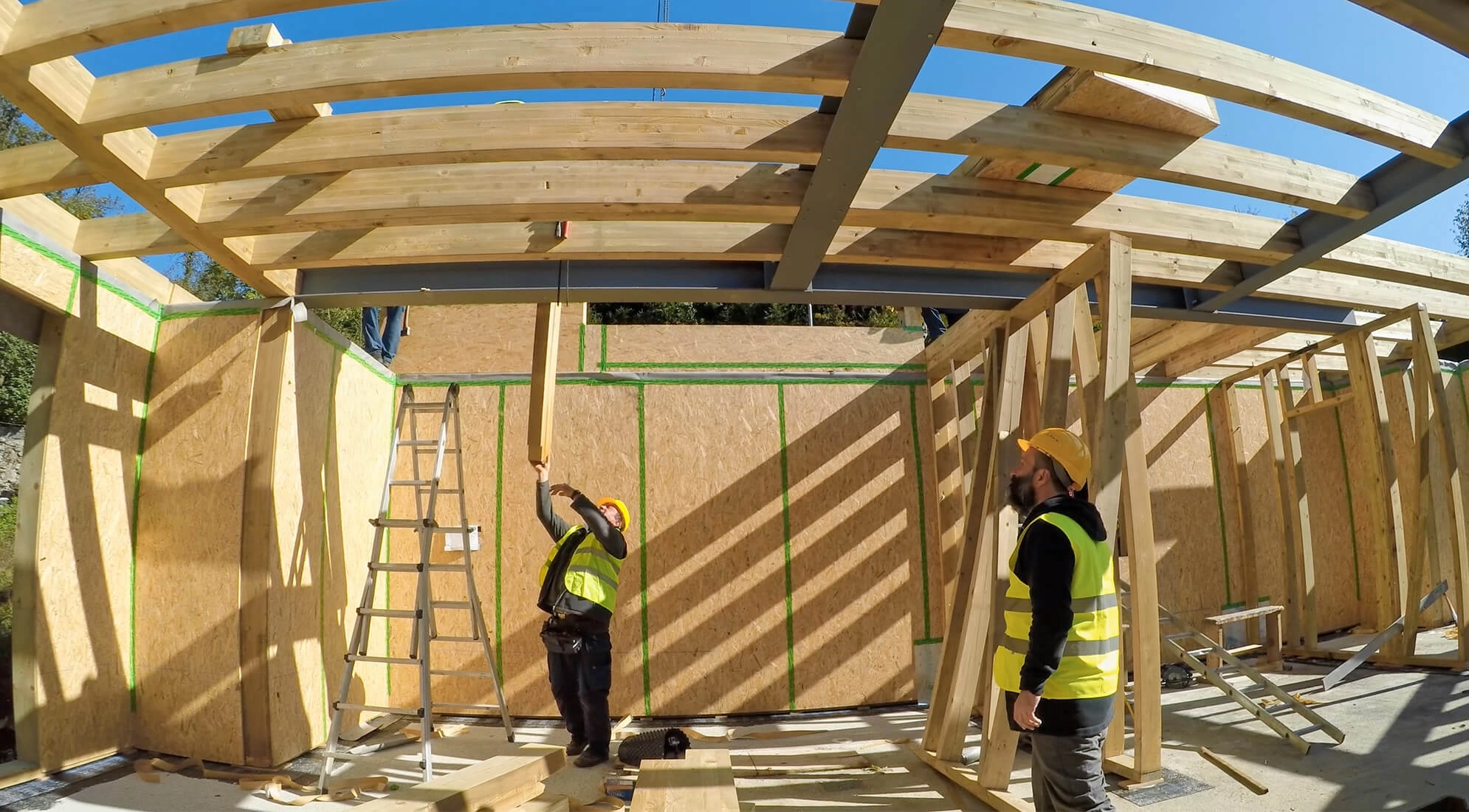Conversations between finance officers and facilities leaders normally boil down to one question: “How much do we need to spend?” This makes sense, as facilities leaders are responsible for stewarding the institution’s physical assets. For capital planning and budgeting, that means determining which investments into those assets are appropriate and necessary. But, during this time of turmoil and uncertainty, is asking how much to spend the right question?
Resources are Tighter than Ever
The business of higher education has been on loose footing for some time. Demographic statistics have projected the number of available traditional students to drop off dramatically over the next year. State support for public colleges and universities has been steadily declining, and that trend will likely continue after this time of economic hardship. Despite all this, many institutions have significantly increased their footprints over recent decades with new facilities dedicated toward degree offerings, research centers and student amenities.
The confluence of these factors was already making it difficult to balance the cost to maintain and operate facilities and programs with the annual revenue institutions are bringing in. In response to stretched financial positions, many schools have pushed their borrowing up against responsible debt levels.
Now enter the widespread campus shutdowns associated with COVID-19. The situation is even more drastic. Extreme revenue shortfalls for the spring semester that may continue into summer terms. Demographic challenges may accelerate as students weigh whether to return to campus in the fall. New questions about whether on-campus experiences are worth the associated costs. And, amid it all, institutions still maintaining large portfolios of facilities with fixed costs.
Watch the recent APPA Town Hall webinar on COVID-19, featuring a presentation from Gordian’s Vice President of Member Services, Peter Reeves.
Start with Goals, Not How Much to Spend
In this environment, asking any single department within the institution, “How much do we need to spend?” is the wrong question, because the answer is a definitive, “More than we currently have!” Instead, planning should start by gathering key stakeholders from many departments, including academic leadership, admissions, facilities, finances, program directors and other senior administrators. Then, together with this broadly representative group, grapple with the question, “With the limited resources we have right now, what do we want to achieve from our capital investments during this time?”
Given the period we are entering, difficult decisions will be made around reducing facilities resources and budgets. So it is important to frame questions around capital and operational budgets in the context of what the institution as a whole is hoping to achieve. Engaging representatives from many departments helps bring campus-wide agreement to decisions. By doing this, leaders can be assured that immediate decisions dealing with immediate problems will also align with the institution’s mission-based, long-term goals.
Here are some examples of how institutions may answer the question, “What do we want to achieve?”:

Continuing operations as normally as possible – Continuing operations as normal can help restore peace of mind on campus, making it easier for students, staff and faculty to readjust to campus in the coming terms. To do so, schools will need to focus resources only on things that are critical to keep building operations reliable. Keep the doors open, keep water out, keep the electricity on and keep buildings heated or cooled as needed.
Enhancing a few strategically and programmatically important assets – This answer could be a fit for campuses with particular programs or assets that drive revenues, like programs with prestige and growth potential. Following this course of action requires intentionally diverging resources from non-strategic assets in order to more heavily invest in a few specific spaces on campus that are deemed critical to the institution’s short-term recovery and long-term goals. These types of investments could run the gamut from building reliability upgrades to interior shell improvements to program expansion.
Driving recruitment and retention of students and researchers – Gaining and retaining student enrollment will be a key factor to rebounding from today’s hardships. Investments in recruitment and retention will focus resources on assets that preserve the institution’s image and impact student experiences, though this will drive resources away from protecting other physical assets. This strategy, while precarious, may be required by certain institutions facing existential risks that need to keep their seats full to keep their doors open.
Now, more than ever, campus-wide alignment is needed to carve a path toward institutional success and survival. Focusing limited resources available on one main goal will help bring clarity to the best next steps. So, before you start talking in dollar amounts, first ask, “What do we want to achieve from our facility investments?” Let the answer to that question drive your actions.






